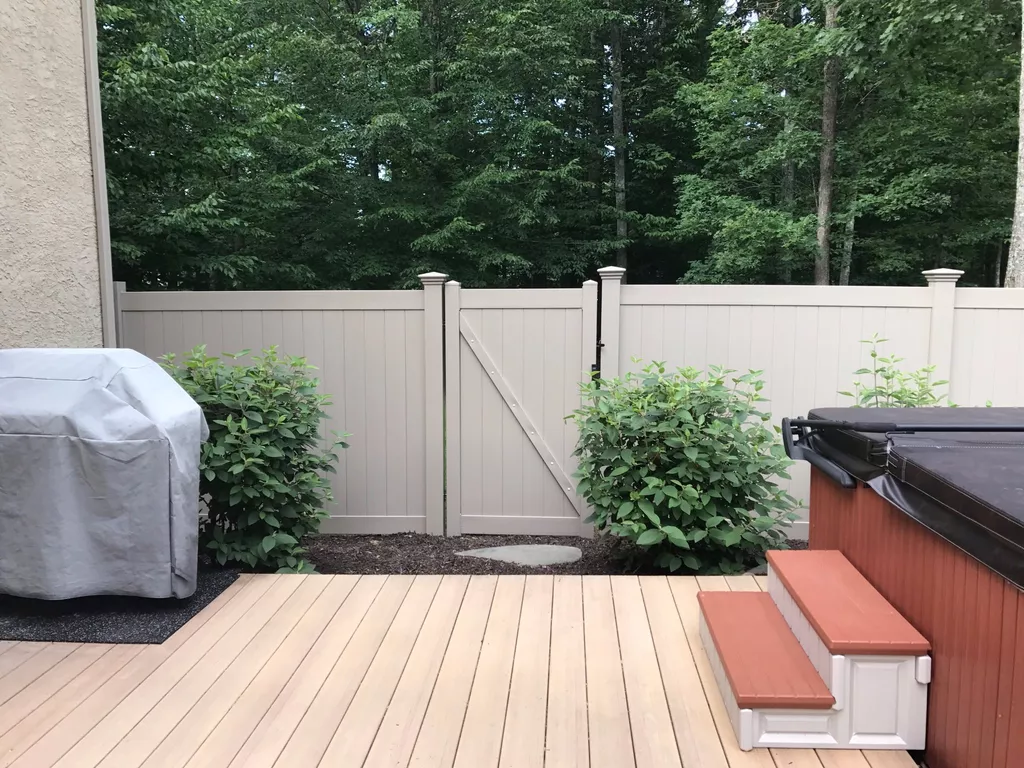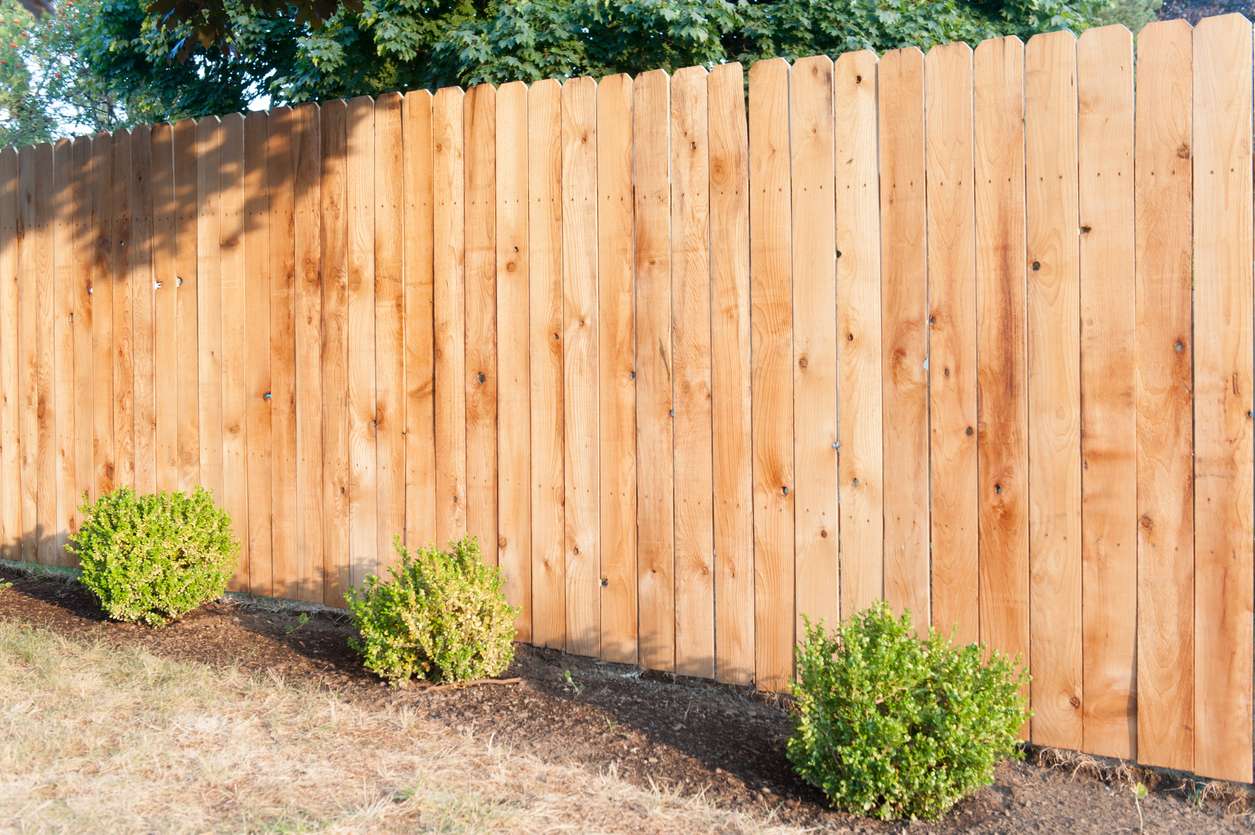
Step-by-Step DIY Fence Guide for Gardeners
As a gardener, I understand the importance of having a well-defined perimeter for my garden. Not only does it provide security and privacy, but it also adds an aesthetic appeal to the overall landscape. That’s why I decided to take matters into my own hands and install a fence myself. In this step-by-step DIY fence guide, I will share with you the knowledge and skills I acquired during the process. By following these instructions, you too can take control of your garden’s perimeter and create a beautiful and functional fence.









